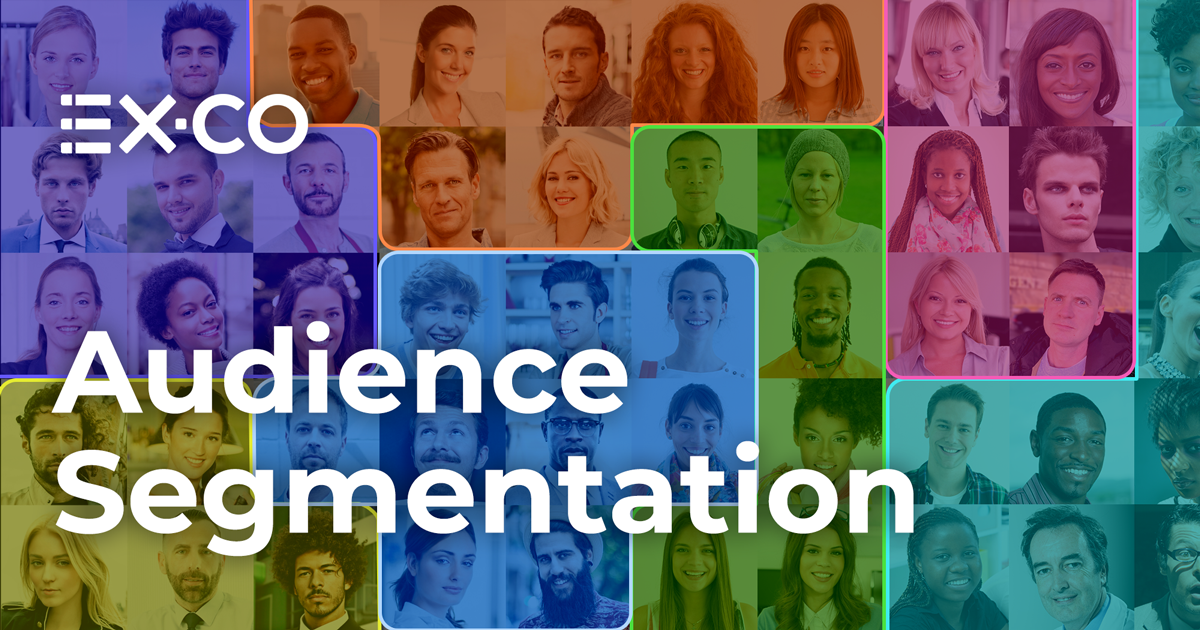The battle for consumer attention is fiercer than ever.
To compete with the likes of TikTok and YouTube, publishers must not only create great content. They also need to deliver a personalised experience on par with social media — if they want to effectively attract and retain audiences.
Using signals such as a visitor’s age, occupation, or current location, you can deliver a customised view of your website with every page load.
Sound ambitious? Fortunately, today’s no-code content platforms enable publishers of any size to punch above their weight and achieve fast results with personalisation.
What is audience segmentation?
Segmentation is the process of breaking down your total audience into distinct subgroups based on one or multiple shared attributes. This is the foundational work that enables more advanced 1:1 personalisation.
When an engineer looks at audience data by device type (e.g. iOS vs. Android), or an editorial manager evaluates which topics a particular age group is reading, these practitioners are using audience segments to think through strategy and optimisation.
Such filters can run the gamut from behavioral characteristics like product usage or browsing history to demographics (e.g. age, gender, education), psychographics (e.g. lifestyle, attitudes), buyer intent, recent life milestones, and much more.
Why is it important to segment your audiences?
Crafting a tailored experience for your audience unlocks a flywheel of benefits, from higher engagement and monetisation to stronger loyalty and advocacy.
- Better understand your audience. How do readers find your content, and which topics are they most engaged with? By answering these questions, you can better inform your editorial roadmap and web design.
- Personalise the content consumption experience. Armed with data about each visitor, you can customise the on-site experience to unlock greater engagement, as well as higher CPMs from advertisers.
- Build relationships and long-term loyalty. Engaging audiences with interactive and persona-specific content will convert more fly-by visitors into returning audiences, and even enduring fans.
- Get ahead of data privacy concerns. Data segmentation offers a pathway towards delivering customised web experiences while respecting consumer privacy regulations like GDPR and CCPA.

Despite growing scrutiny around data usage, audiences continue to proactively share information with publishers and brands, as long as the exchange offers some kind of value. According to a study by Accenture, 83% of surveyed adults across North America and Europe would exchange data for a more personalised experience.
How does a publisher actually segment audiences?
With virtually endless ways to slice and dice your data, it can be hard to know where to start.
Most publishers use a data management platform (DMP) to organise and activate their audience data. These signals can be collected through zero-party surveys, first-party user profiles, second-party exchanges, or third-party tracking (e.g. cookies).
As you assemble more data, you’ll achieve an ever greater understanding of your audience. Then, you can align your editorial and advertising campaigns to reach the most relevant segments.
How can publishers benefit from audience segmentation?
In many ways, audience data segmentation is table stakes for publishers today. Beyond laying this data-driven foundation, once segmentation tactics are in play, there are multiple ways you can build and expand your competitive advantage.
Win more engagement with better UX: Customize your site experience based on audience attributes, and you’ll quickly build stronger relationships with each visitor, encouraging them to stick around longer, and consume more content per visit, because you’re delivering an experience they can’t find elsewhere.
- Choose your own journey: Use multiple-choice surveys to help new visitors find the most personally relevant content across your site, increasing your initial stickiness and audience retention.
- Leverage multimedia formats: Using no-code tools like EX.CO, you can turn blogs into snackable video content, keeping flighty social audiences on-site for longer.
- Deliver great recommendations: Rather than static text or thumbnails, interactive carousels can recommend trending content based on location, time of day, or weather.
Drive higher premiums and advertiser demand: Improving audience segmentation is a top campaign management goal for marketers. By presenting your audience as recognisable personas, you can get brands and agencies to increase their bids for placements, as they know more relevant ads will drive stronger leads and conversion.
- Surface in-market shoppers: Help brands reach those of your readers who are mulling a major purchase or life milestone, such as buying a car, moving into a house, or planning a wedding.
- Find your interest groups: Look beyond demographics and grasp the shared interests or hobbies of your readers, whether that’s live music, cooking, video games, etc., so you can target those advertiser verticals.
- Segment by income: Use first-party audience data to align campaigns with only prequalified budget or household income, so no ad impressions are squandered.
Grow your audience and influence: By delivering a tailored experience, you set the flywheel in motion -- not only converting more visitors into returning audiences, but giving new fans more reasons to proactively share your content with their networks.
- Make it easy to share: Prominent social buttons and snackable visuals alongside your content enable readers to promote with a single click.
- Develop new verticals: Identify trending subjects and move quickly to own those categories, even if that means starting a new column or section.
- Explore micropayments: If you’re seeing high engagement among certain audience segments, consider testing a paid membership model to help further build loyalty and diversify your revenue streams.

Audience segmentation may sound technical, but it’s a fairly straightforward approach to categorise, understand, and better serve your audience. Most importantly, it doesn’t take long to get started, and the upside can be game-changing.
Want to learn more about how EX.CO can help jumpstart your personalisation journey, and grow your business? Drop your details below.
